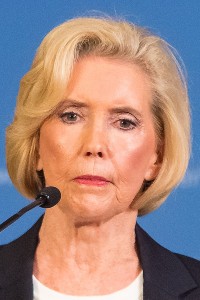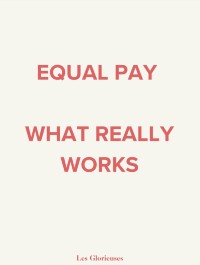Doing the Math on Equal Pay
In the UK, it’s November 20. In France, it’s today, November 8. For the EU, it’s November 15. It’s the day of the year that women begin working for free compared to men due to the gender pay gap. (In the US, it’s March 12, because activists calculate the gap from the beginning of the year, and thus equal pay day is the day on which when women begin to work for pay).
Equal pay days are effective campaigning tools because they so tangibly express the absurdity of a society that remunerates its men more than its women. They also act as an entryway into the complexities of the pay inequality. To take the example of France, there are in fact three pay gaps. Men are paid 4 percent more than women with the same experience for the same work, what we might consider the “pure” gender pay gap. The gap is 14 percent for the average gross hourly earnings of all working men compared to those of all working women, a figure that accounts for the fact that women are likely to work fewer hours per week. The overall pay gap — that is, the gap in total annual salaries for men and women — is 23.5 percent.
The gap is more complex still when race is taken into consideration. While in some countries, including France, prevent the collecting of data on ethnicity and religion, in others we can see clearly that minority ethnic women earn significantly less not only than their white male counterparts but also less than their white female peers. In the UK, women of Bangladeshi heritage have a pay gap of 28.4 percent compared to white British men, and 14.7 percent compared to white British women. In the US, while women on average begin working for pay on March 12, Latina women only begin on October 3, and Native American women on November 21 – that is, later than European women stop working for pay.

As the American equal pay campaigner Lilly Ledbetter, who died at the age of 86 last month, put it: “We are still not paid equally. And if you believe that it’s a myth, do the math.”
Ledbetter found out she was being paid significantly less than her equally qualified male colleagues at the Goodyear Tire and Rubber Company plant in Gadsden, Alabama when an anonymous person dropped a handwritten note in her letterbox listing her salary as compared to her male colleagues. Salary transparency is one of the most significant tools at our disposal to close the gender gap, particularly in its “pure” form. As of last year, the EU’s equal pay directive requires employers to provide current and prospective employees with information about what they pay others for the same job. They are also banned from requesting previous salary information from potential new hires — a question that can trap women in low salaries. If you live outside the EU, one of the best things you can do to close the gender pay gap is simply to tell your colleagues what you earn.
But pay transparency on its own will not close the much more significant pay gaps for all jobs combined — the 14 percent and 23.5 percent examples above. Enter Lönelotsarna, Sweden’s “equal pay supergeeks.” The three researchers who make up this equal pay powerhouse categorized every job in the country by skills, experience and qualifications required to carry them out. Using this giant data set, they were able to show that midwives should be earning the same as engineers, and primary school teachers and social workers should receive the same salary as police officers. Closing the pay gap must involve reevaluating how much we pay people in “feminized” jobs given that research has shown that a given sector’s overall wages plunge when more women enter the profession.
Spain’s experience shows that one of the most effective tools in closing the gender pay gap is raising the minimum wage – because of the devaluation of feminized professions, women are disproportionately likely to earn minimum wage, so raising it boosts their overall earnings as a demographic, making the pay gap a little smaller. Spain used to be one of Europe’s worst offenders on pay inequality, but thanks to this and other measures, its unadjusted pay gap has dropped 10 percentage points in a decade to under 9 percent.
The solutions exist to fight pay inequality, including non-transferable (use it or lose it) parental leave, one of the most important contributors to the success of Nordic countries in closing their pay gaps. That’s why the Gloria Media network, a publisher of feminist newsletters, has brought them together into a comprehensive report on what really works in the quest to achieve equal pay.
Very few countries have closed their gender pay gaps, and none at all have reached true gender equality. But if we share what works and push governments to embrace real solutions, we won’t have to continue doing the math to find the symbolic date where women start working for free.
Megan Clement is the editor of Impact and The Evidence, two newsletters dedicated to gender inequality. The Evidence is sponsored by Sage. You can subscribe here.
































































































